|
Here are a few KWL charts that I think you'll find super handy for your reading and language arts lessons. If you're like me, always searching for ways to make each lesson a little more engaging and organized, then these charts might be just what you need.
In my opinion, these KWL charts are a great way to get the kids thinking critically and making connections throughout the reading sessions. They're simple, adaptable to any reading material, and best of all, they really help make the reading process a bit more tangible for young learners. Feel free to grab these charts by clicking the links above. They're completely free, and I hope they'll add an extra bit of structure and fun to your lessons. Happy teaching and learning!
0 Comments
I gave this sheet to my students for homework at least twice a week. Every night my class was required to read for at least 30 minutes. I would often give them this 3 question worksheet to quickly assess their knowledge of their book. Keep in mind, several of my students were well below reading level and still reading picture books. This sheet works well with shorter books students can read in one sitting or I'm sure you can use introduce it once readers have completed a chapter book. Directions:Now that you have read the story “The Boy Who Cried Wolf”, think about the author’s purpose of this non-fiction tale. Why do you think the author wrote this particular fable? What moral do you think the author wants readers to learn from this story? Why do you think nobody believed the boy at the end of the story? Use supporting details from the story to support your answer. In your answer, be sure to:
Check your writing for correct spelling, grammar, capitalization, and punctuation. Directions:The Three Little Pigs is about a wolf who wants nothing more than to eat three little pigs. Now, think about the wolf in the tale of Little Red Riding Hood. After thinking about the two characters, tell how the two wolves are alike. Afterwards, tell how they are different. Use supporting details from both stories to support your answer. In your answer, be sure to
FREE BETWEEN 1/22/2014 - 9/12/2022
This former freebie is now available for purchase here and on TeachersPayTeachers.com
Product Details:
Word Work Game, 50+ pages, 3 Skill Levels and ink friendly options.
Categories Include: Actors Actresses Adjectives Animals Athletes Books Boy Names Cities Classroom Objects Countries Famous People Girl Names Household Objects Important Men in History Important Women in History Inventions Movies Music Artists Nouns Occupations People Places Songs States Things Verbs ______________________ Packet Includes: Directions Game Rules Answer Sheet Examples Scattergories (Level – More Challenging) Scattergories (Level – Challenging) Scattergories (Level – Less Challenging) Ink Friendly Scattergories (Level – More Challenging) Ink Friendly Scattergories (Level – Challenging) Ink Friendly Scattergories (Level – Less Challenging) Blank Scattergories Categories Ink Friendly Blank Scattergories Categories ______________________ This games is based on Scattergories by Hasbro. ______________________ All of my students loved this game! I used it as our routine activity between lessons for grades 2-5. Once students get the hang of it, one round game can take less than 5 minutes. Once a student yells "SCATTERGORIES", I would make everyone put their pencil down and that person would have to stand up and reveal their answers in each category to confirm their win. I would often reward winners with stickers, treats and small prizes. You can also use this game to spark dialogue within the classroom. Ask other students to confirm the people, places, songs, movies, books, authors, etc. mentioned by their classmates. If few students know very much about the given responses, it's a great opportunity for the student who selected that answer to teach his/her classmates about that particular person, place, object etc.  Scattergories: Creative Word Work Game for Kids by The Teacher Treasury, LLC. is licensed under a Creative Commons Attribution-NonCommercial-NoDerivatives 4.0 International License.
 The Sneetches and Segregation: Short & Extended Response Activities - A Dr. Seuss inspired lesson for Black History Month by The Teacher Treasury, LLC. is licensed under a Creative Commons Attribution-NonCommercial-NoDerivatives 4.0 International License. If you like this activity, you may also like
|
|
Read Aloud Questions
If I was a Sneetch Drawing Main Idea and Supporting Details Compare and Contrast using a Venn Diagram KWL Charts for segregation, Black History, Dr. Seuss and Civil Rights Vocabulary Word List Word Meaning - Dictionary Definitions Using Vocabulary in Writing Vocabulary Word Search and Answer Sheet Vocabulary Definition Match True or False and Fact or Opinion questions related to the story and American segregation 64 Crititcal Thinking Questions (handout and cards) Short Response Q & A Extended Response Q & A A Letter to the Sneetches and Additional Activities |

The Sneetches & Segregation: A Dr. Seuss Inspired Lesson for Black History Month by The Teacher Treasury, LLC. is licensed under a Creative Commons Attribution-NonCommercial-NoDerivatives 4.0 International License.
for extra reinforcement.
If it is unsuccessful, you may want to consider downloading the other version below.
If any of their boxes are checked "NO" they must go back and correct the mistakes and check the "CORRECTED" box after they have fixed their mistakes.
I kept this sheet at our Writing Center and also had students use them for Writing Homework assignments.
Hope this helps =)
FREE BETWEEN 12/11/2013 - 11/23/2022

My Editing Checklist by The Teacher Treasury LLC is licensed under a Creative Commons Attribution-NonCommercial-NoDerivatives 4.0 International License.
FREE BETWEEN 12/5/2013 - 11/23/2022
Activity Includes:
- Teacher Instructions
- 15 Images and Captions
- Response Handouts for Lessons
- List of Possible Responses
- Additional Inference Carousel Activity
- Template for Student Inference Pictures
______________________________________
View Inference Carousel: Making Inferences with Pictures (FREE) if you would like this lesson without captions
______________________________________
Materials Needed:
- 1 clipboard, white board or solid, portable surface for each student to write on
- Tape, Velcro or a similar device to post the images around the classroom
- 15 pieces of colored construction paper (optional)
STEP 1:
Before the students enter the class, post the 15 pictures clockwise around the room in numerical order. I would recommend being creative with where you are placing the pictures. Don’t make it TOO easy for the students to find them. Place some on the floor, windows, behind doors, on the sides of shelves, etc. I would also suggest placing a sheet of colored construction paper on the back of each picture so that it will stand out from the other papers you have throughout the classroom.
STEP 2:
When it’s time to begin the lesson, inform your students that you have posted several pictures throughout the room and explain that their job is to review each photo and make an inference based on the images and captions. They will record their responses on the handouts provided as they walk around the room with their clipboards / personal white boards. They should not debate about the photos with each other until after the lesson. All answers should be original and students should not be asking each other for their opinions on the pictures until they finish the carousel.
THIS IS A SILENT ACTIVITY.
The goal is for students to make an educated guess about what is happening (or what will happen) based on what they see, what they've read and what they know or have personally experienced. Ultimately, they should read between the lines and expand upon the story line provided. Students should avoid repeating the caption in their responses, but that doesn't necessarily make their responses incorrect. The Possible Responses provided on the following pages will give you a better idea of the more acceptable inferences.
STEP 3:
Individually call on students to begin the Inference Carousel. For example, the first student you select should start at Picture #1 (or whatever number you choose). The next student should begin at the following (or different) picture and then continue walking clockwise around the room. Students should make sure the picture they are currently looking at corresponds to the correct number on their handout. If they begin at Picture #12, they should be recording their responses on the sheet where it says “Picture #12”.
Please stress the importance of paying attention to the “Picture #” when recording their answers.
STEP 4:
Once my students were finished with the carousel, we reviewed each photo with the responses from around the room to generate a discussion about how and why they came up with their inferences. Obligating them to include the word “because” in all of their responses made it much easier for them to explain the reasoning behind their conclusions and gave room for other students to argue their opinions when they didn’t make the same inference.
***Please note that you only need to print pages 1-20 for the first lesson***
Lesson Modifications:
Inference Merry – Go – Round
An alternative to having students walk around the room would be to put their desks together in the form of a large circle. Pass out the images one at a time and have students continually circulate the pictures until everyone finished. A student should never have more than one picture at their desk at once. This is another reason why it is very important for them to pay close attention to the “Picture #s”. Please note that you can conduct the lesson in the very same way, the only difference is that the students remain seated.
Hope this helps and please be sure to leave feedback!
Thank you =)

Inference Carousel: Making Inferences with Pictures and Captions by The Teacher Treasury, LLC. is licensed under a Creative Commons Attribution-NonCommercial-NoDerivatives 4.0 International License.
- Teacher Instructions
- 14 Images
- Response Handouts for Lessons
- List of Possible Responses
- Additional Inference Carousel Activity
- Template for Student Inference Pictures
Please note that this lesson is almost the same as Inference Carousel: Making Inferences with Pictures and Captions, but the following changes have been made:
- Response handouts have been changed
- There are only 14 images instead of 15
- Picture #5 is not featured in the carousel with captions
- Possible responses have been altered

Inference Carousel: Making Inferences with Pictures by The Teacher Treasury, LLC. is licensed under a Creative Commons Attribution-NonCommercial-NoDerivatives 4.0 International License.
FREE BETWEEN 12.5.2013 - 12.30.2022
This sheet can be used for each vocabulary word in the student's personal dictionary.
Suggestions:
- Punch holes in the document before handing out to students and have them keep track of their word meaning sheets with a 3 ring binder.
- Allow students to create their own decorative cover pages
- Allow students to draw or cut & paste images on a separate sheet of paper to accompany select vocabulary words.

Graphic Organizer: Personal Student Dictionary Word Meaning by The Teacher Treasury, LLC. is licensed under a Creative Commons Attribution-NonCommercial-NoDerivatives 4.0 International License.
Free Resources
Search, Comment & Share!
Categories
All
3rd To 5th Grade
6th To 8th Grade
Addition
Anchor Charts
Assessment
Classroom Decor
Classroom Management
Coloring Pages
Division
English Language Arts
Games
Geometry
Graphic Organizer
Holiday Themed Resources
Inferences
Math
Multiplication
Pre K To 2nd Grade
Printables
Professional Development
Reading
Reflections
Social Studies
Special Education
Subtraction
TeachersPayTeachers (TpT)
The Teacher Treasury
Word Work
Worksheet
Archives
November 2023
October 2023
September 2023
August 2023
March 2023
February 2023
January 2023
September 2022
February 2017
January 2015
December 2014
November 2014
August 2014
March 2014
February 2014
January 2014
December 2013
August 2013

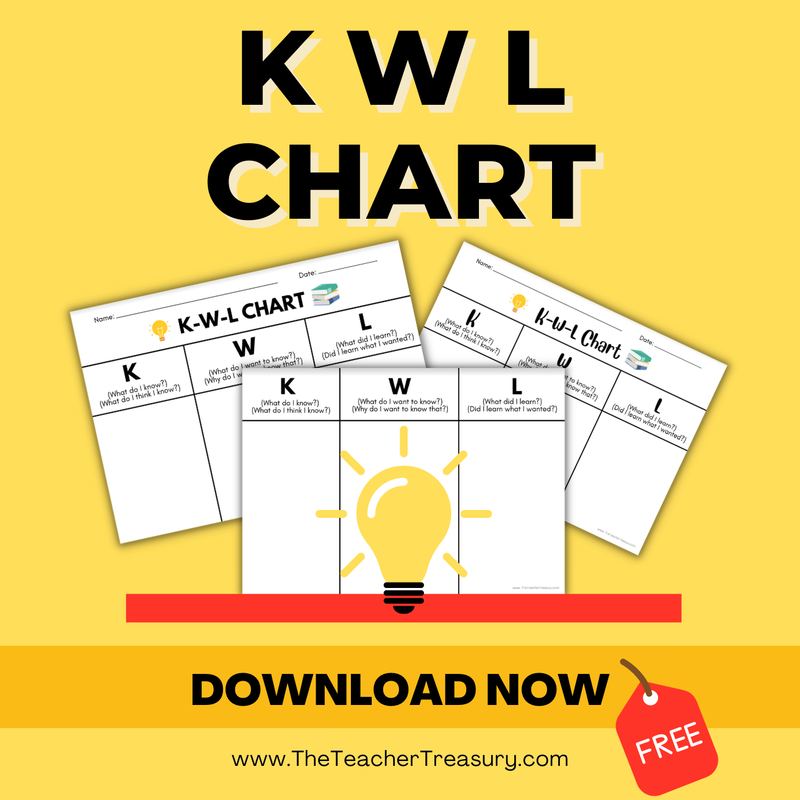




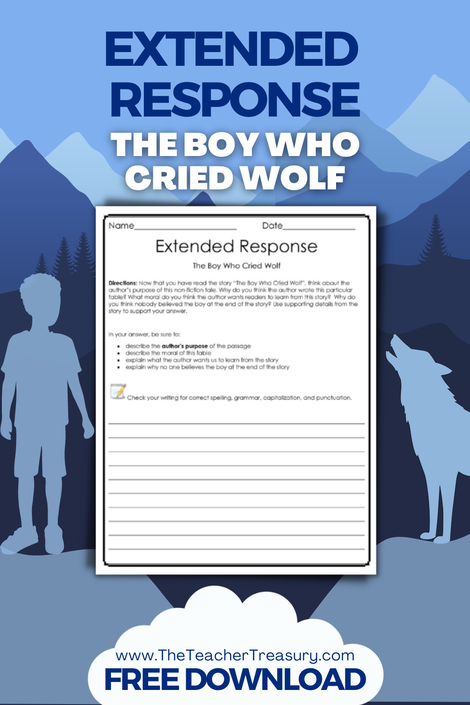
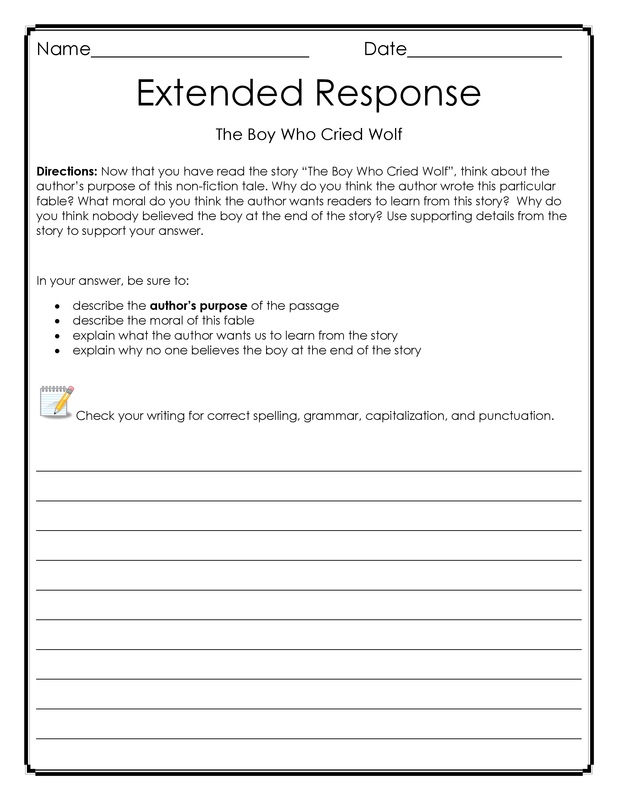
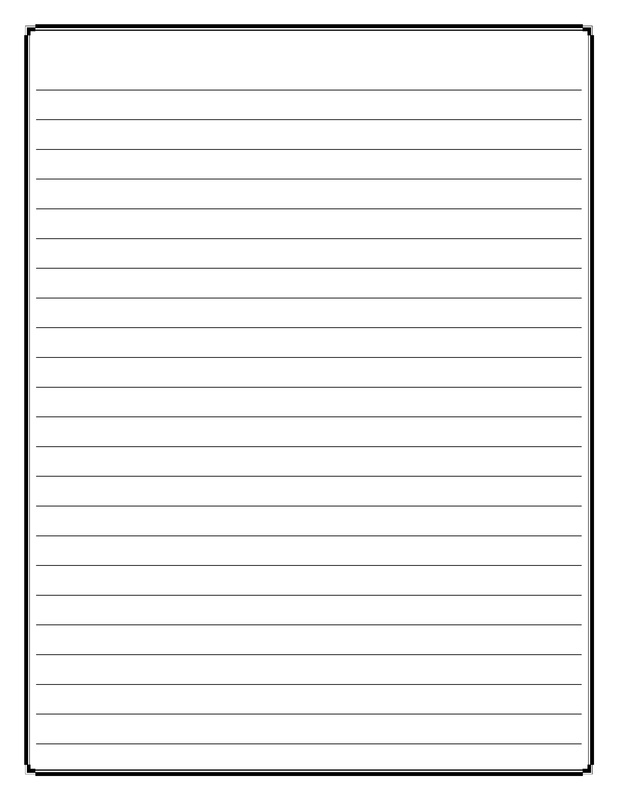
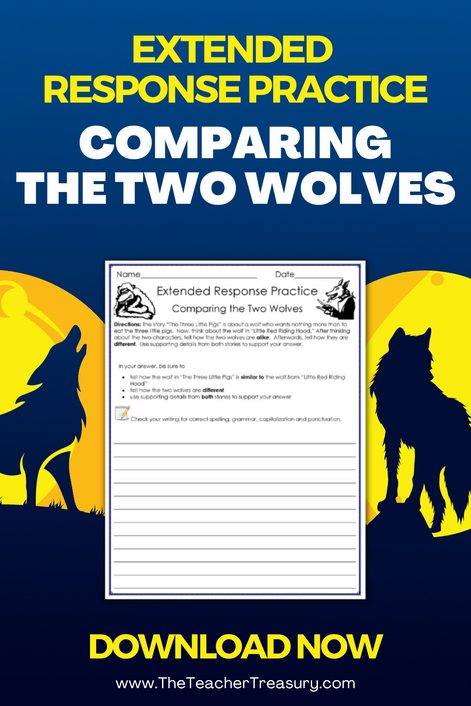
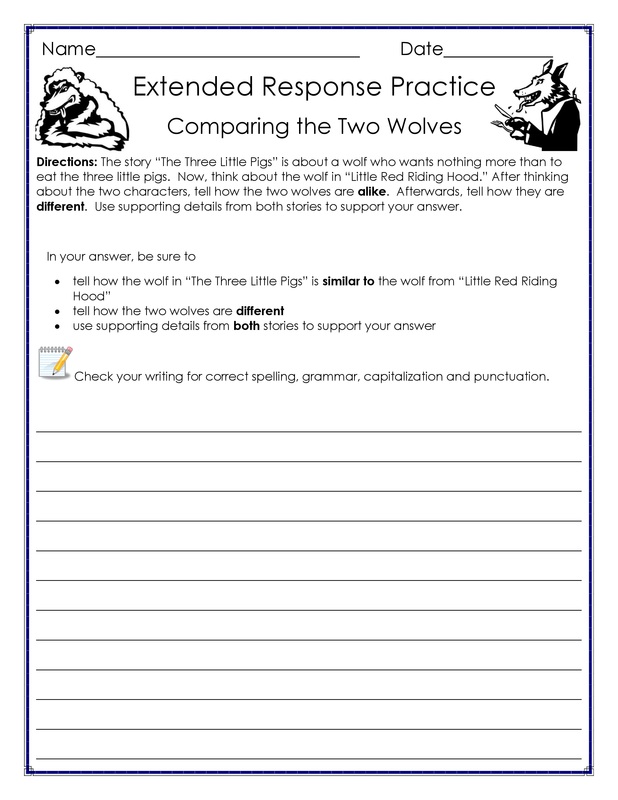



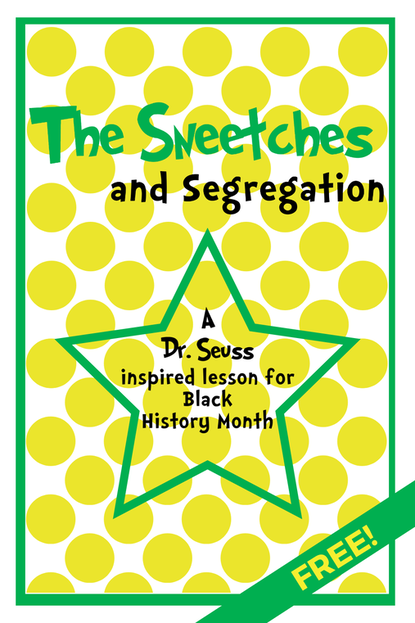
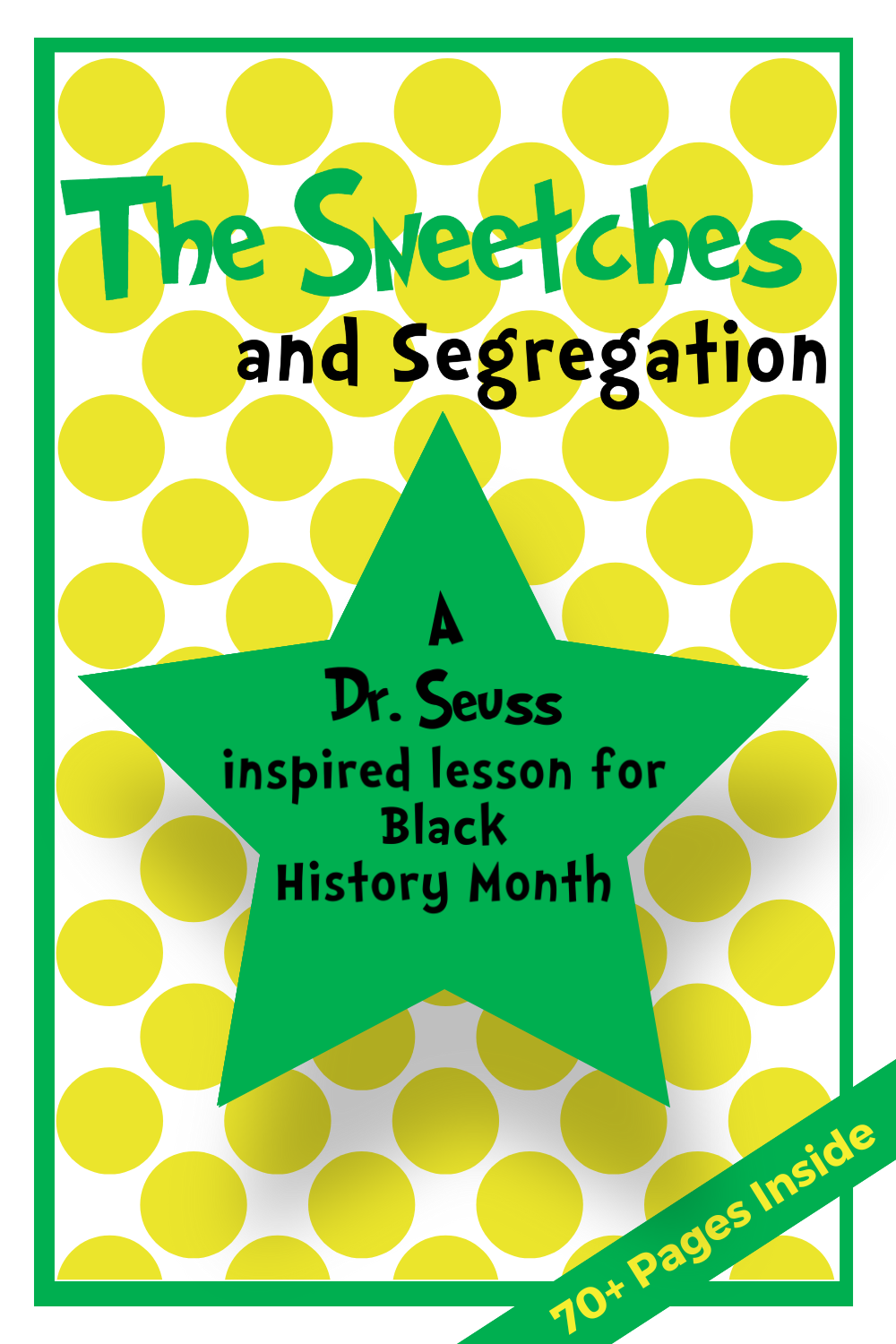
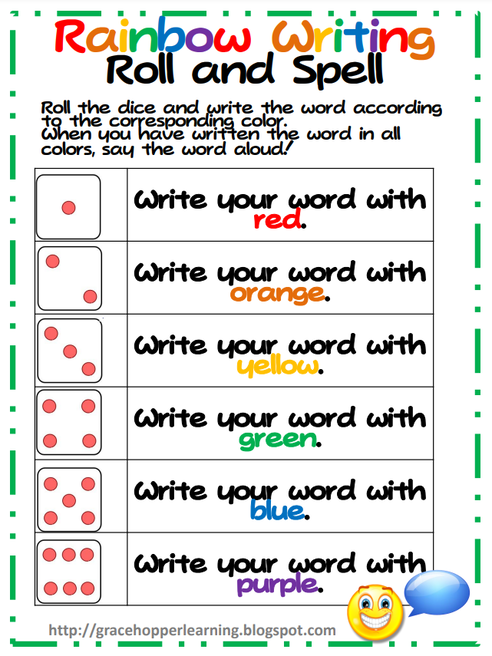
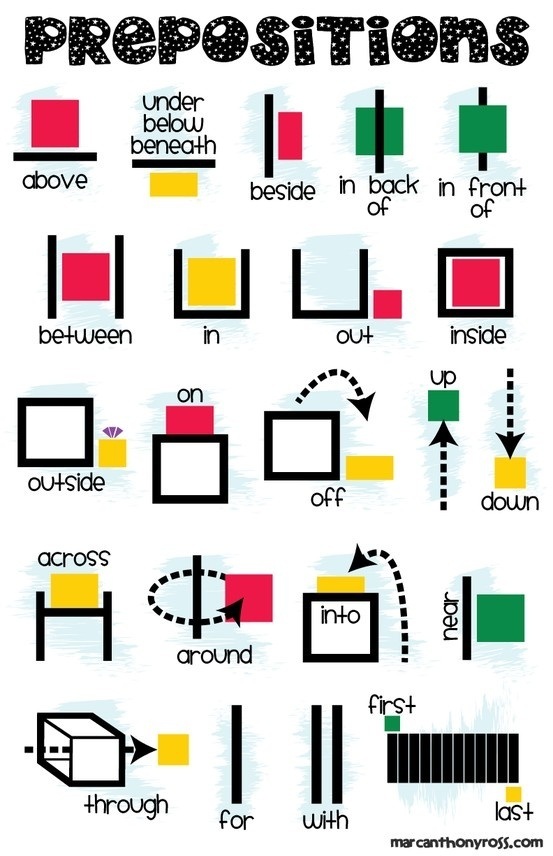
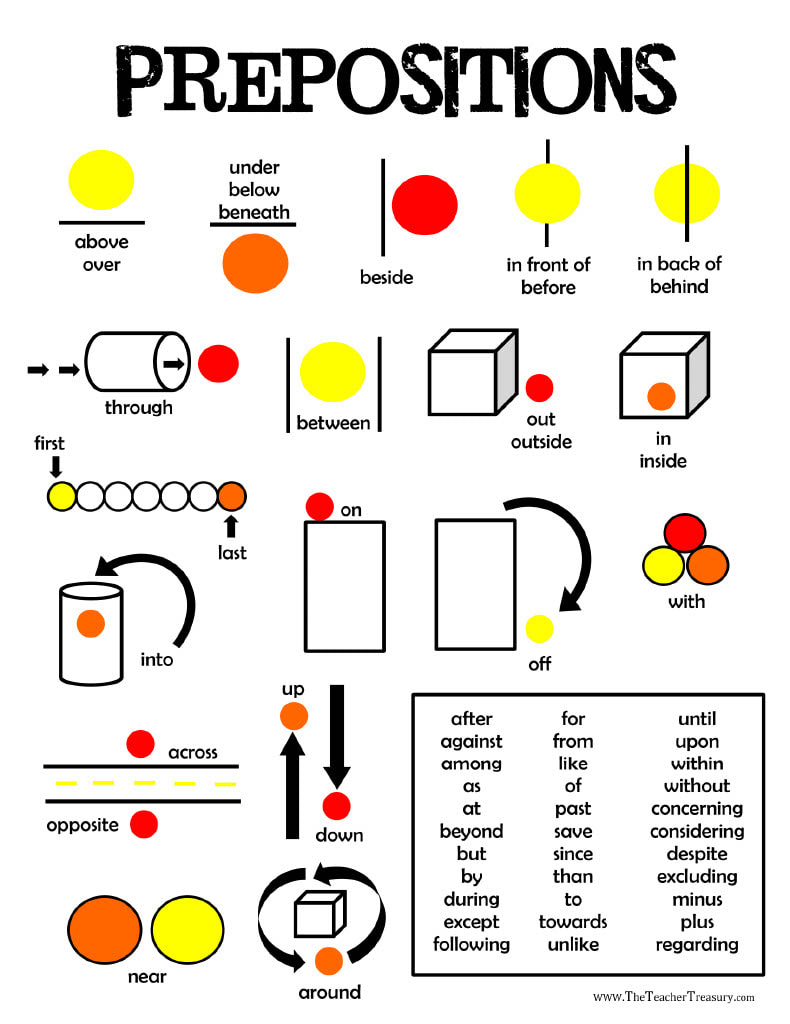




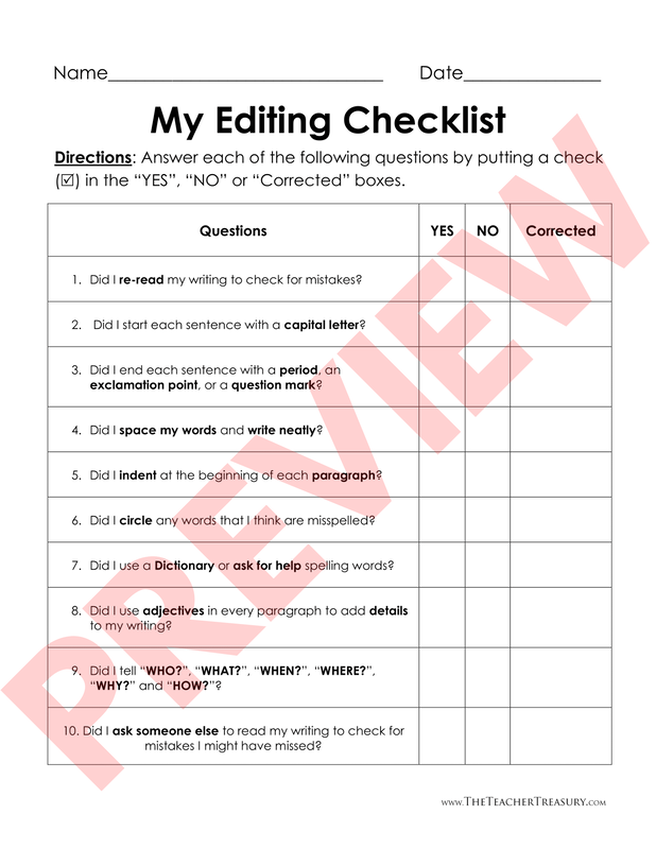

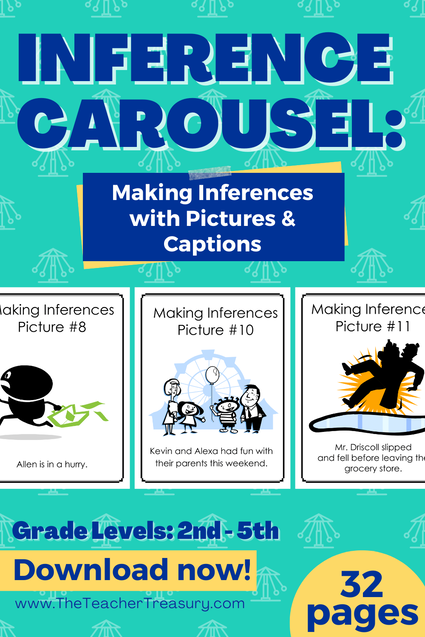

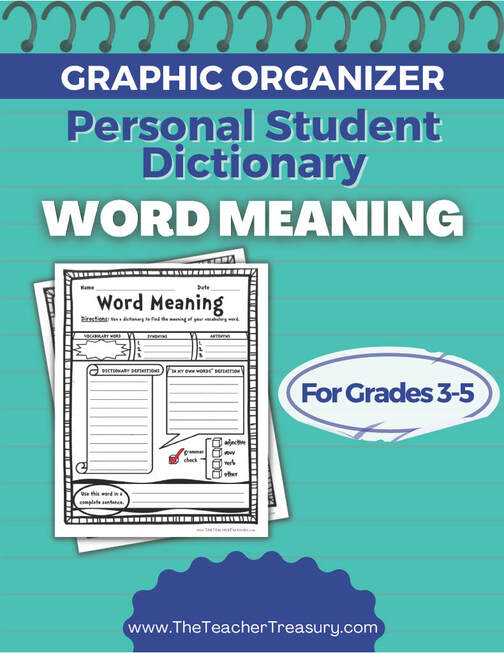

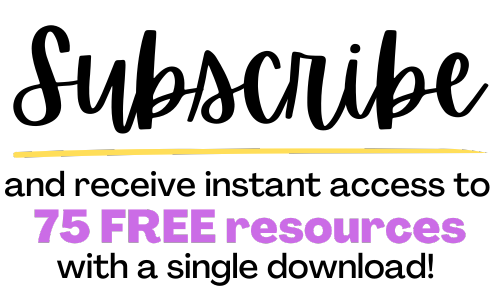




 RSS Feed
RSS Feed